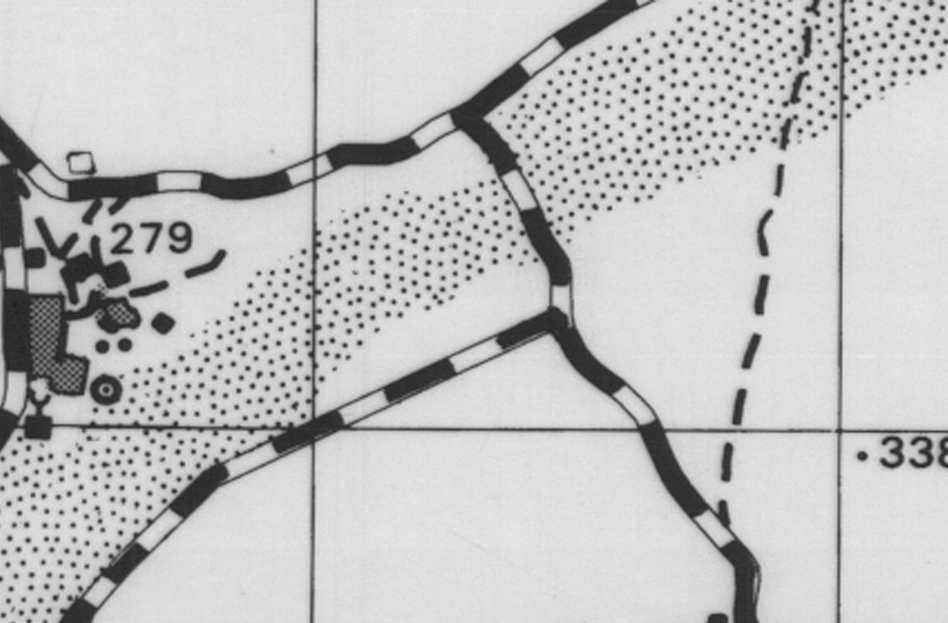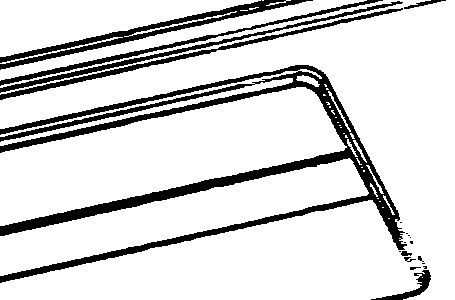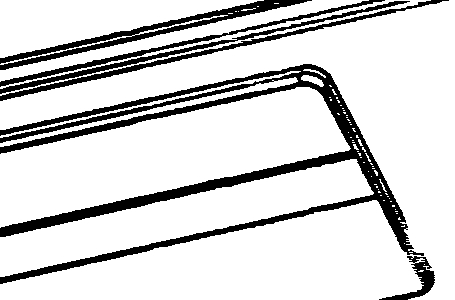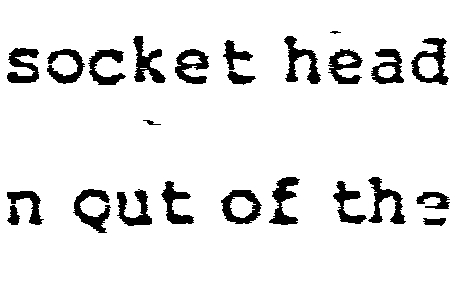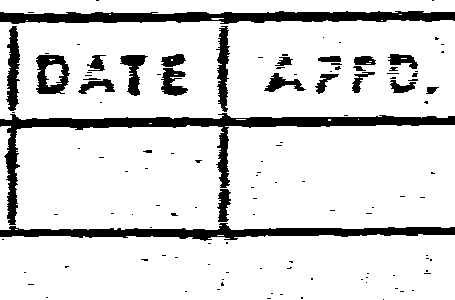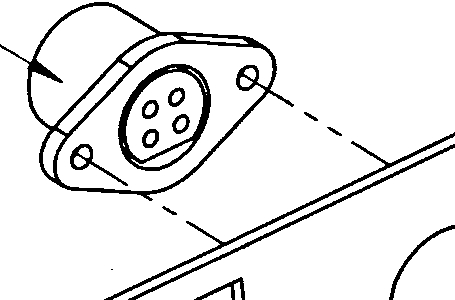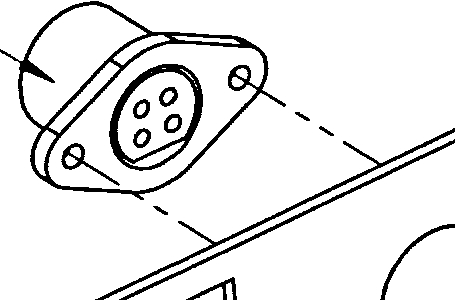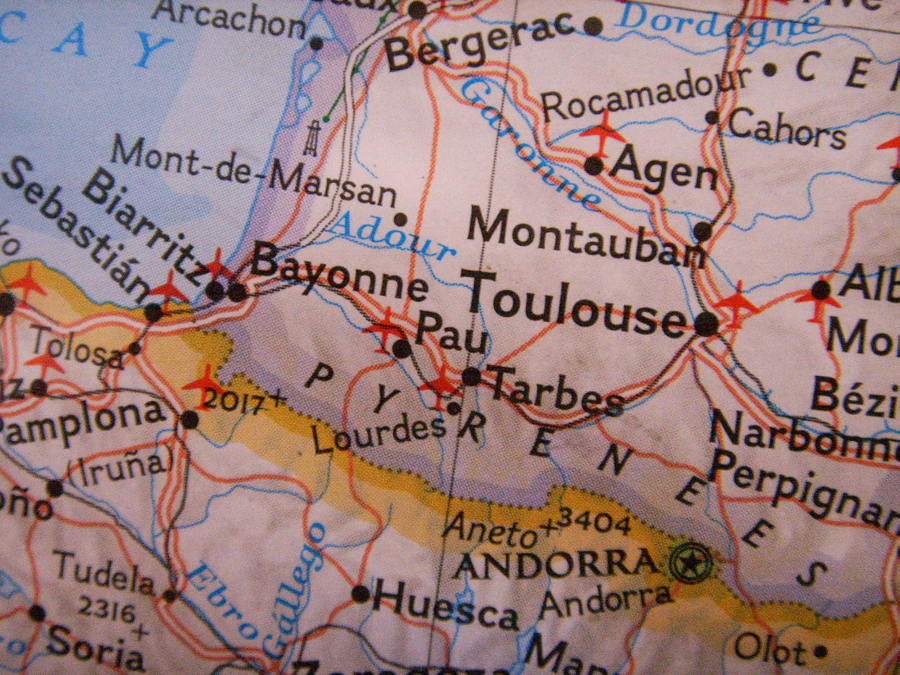CIS (Contact Image Sensor)
Large format scanners use one of two imaging systems – CCD (Charge Coupled Device) or CIS (Contact Image Sensor).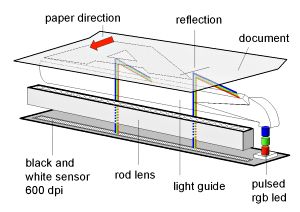
A CIS is an integrated module that comprises an illumination system, an optical system and a light-sensing system – all within a single compact component.
Like a CCD, a CIS senses light that is incident on its silicon surface and like a CCD, the silicon surface is divided into square cells. However unlike a CCD, the size of each cell on the silicon surface is the same as the size of the information being captured (e.g. in a 600 dpi scanner each cell is 1/600″ across) and information is captured at 1:1. As no reduction or enlargement is required, the distance between the document being scanned and the sensor is very short (~13 mm – hence, contact image sensor).
The optical system is a rod lens array that directs light from the document surface onto the silicon surface.
Because the optical path is short and simple, quality CIS wide format scanners cost less to manufacture than quality CCD scanners, are lighter and more compact, robust and portable and require little or no calibration.
Illumination is provided by one or two sets of Light Emitting Diodes (LEDs) shining down a light guide or guides, which in turn direct the light onto the document. There are three LEDs (red, green, blue) in each set. These are either strobed rapidly to provide color content in the scan or shone simultaneously to provide a perfectly registered black and white scan.
Because LEDs do not need warm up time (unlike fluorescent tube illumination), CIS wide format scanners can be used as soon as they are turned on and can be turned off when not in use. LEDs also require less power than fluorescent tubes, only come on while a scan is being made, last indefinitely (no consumables) and are environmentally friendly – LEDs contain recyclable components and are mercury free.
The downside of red, green, blue LEDs is that they cannot provide as wide a color gamut or dynamic range as the white fluorescent tubes or white LEDs with color filters used in CCD large format scanners. This means that CIS large format scanners are unsuitable for photographic material or documents where color integrity and shadow detail is important.
However, the sharpness of scans created by CIS wide format scanners makes them ideally suited to scanning the small details and fine lines found in technical documents, where exact color fidelity is not required.
Colortrac SmartLF Cx+ 40, Ci 24 and Ci 40 wide format scanners use CIS imaging systems.



